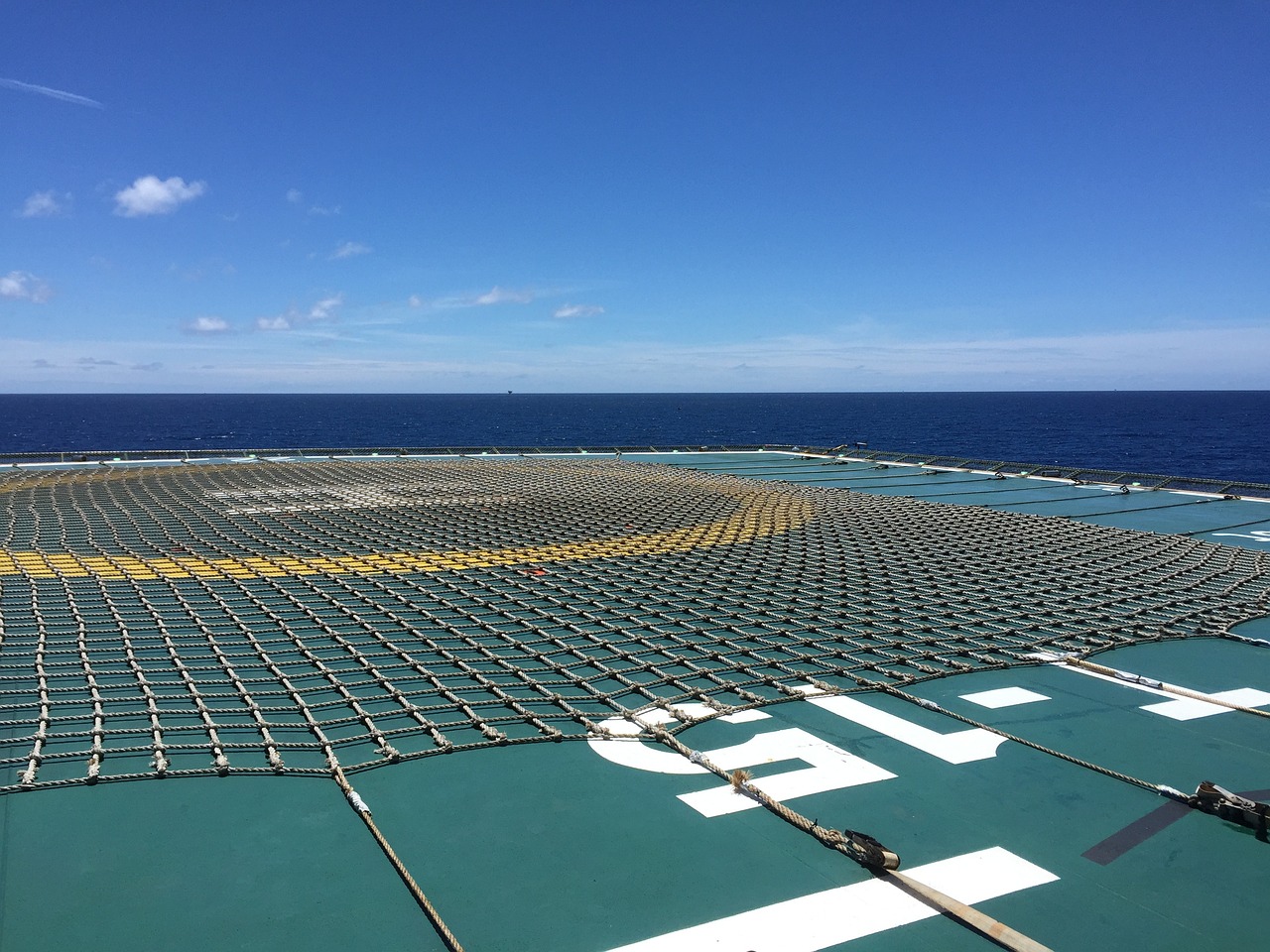In recent years, the offshore industry has witnessed significant advancements in technology, leading to the development of unmanned offshore installations. These unmanned facilities, often referred to as “unmanned platforms” or “drones,” are revolutionizing the way offshore operations are conducted. While these installations offer numerous advantages in terms of cost-effectiveness and efficiency, it is essential to prioritize health, safety, and environmental (HSE) considerations. This article explores the importance of HSE in unmanned offshore installations and discusses strategies to ensure HSE excellence in this evolving sector.
The Significance of HSE in Unmanned Offshore Installations
Safety First: Unmanned offshore installations operate remotely, with limited or no personnel on board. As a result, safety measures must be carefully implemented and monitored to prevent accidents and ensure rapid response in case of emergencies. The robustness of safety systems, such as fire detection and suppression, emergency shutdown systems, and remote monitoring, becomes even more critical in these scenarios.
Environmental Protection: HSE excellence extends beyond human safety to encompass environmental protection. Unmanned offshore installations should adhere to stringent environmental standards to mitigate the risk of oil spills, minimize emissions, and preserve marine ecosystems. Advanced sensors, leak detection systems, and real-time monitoring can help identify and address potential environmental hazards promptly.
Risk Assessment and Mitigation: Thorough risk assessment is essential for unmanned offshore installations. Identifying potential risks and implementing mitigation measures is crucial to prevent accidents, equipment failure, or environmental damage. Utilizing advanced technologies such as artificial intelligence (AI) and machine learning (ML) can enhance risk assessment capabilities, enabling predictive maintenance and early detection of potential hazards.

Strategies for Ensuring HSE Excellence
Technological Innovations: The integration of cutting-edge technologies can significantly enhance HSE in unmanned offshore installations. For instance, using drones equipped with high-resolution cameras and sensors enables real-time monitoring of equipment, structures, and environmental conditions. Additionally, autonomous underwater vehicles (AUVs) can perform subsea inspections, reducing the need for human divers and improving safety.
Remote Monitoring and Control: Robust remote monitoring systems play a pivotal role in ensuring HSE in unmanned offshore installations. With the ability to remotely monitor equipment performance, detect anomalies, and analyze data in real-time, operators can identify potential issues before they escalate. Furthermore, remote control capabilities allow operators to intervene when necessary, mitigating risks and ensuring the safety of personnel involved in maintenance and repair activities.
Training and Competence: Even though unmanned installations minimize human presence, it is crucial to maintain a competent workforce to handle emergency situations and perform regular maintenance tasks. Proper training and competence assessment programs should be implemented to equip personnel with the necessary skills to manage HSE aspects effectively. Moreover, ongoing training programs can help keep the workforce up-to-date with the latest technologies and industry best practices.
Regulatory Compliance: Unmanned offshore installations must adhere to stringent regulations and standards to ensure HSE excellence. Governments and regulatory bodies play a vital role in establishing and enforcing these guidelines. Continuous collaboration between industry stakeholders and regulators is essential to develop comprehensive regulatory frameworks that address the unique challenges associated with unmanned operations.
Science Fiction sceneries in today’s times, used in offshore industry, in which Health, Safety and Environment play an essential role in achieving the best results that technology and artificial intelligence can deliver.

As unmanned offshore installations continue to gain prominence in the offshore industry, ensuring HSE excellence becomes paramount. By prioritizing safety, implementing advanced technologies, and adhering to strict regulatory standards, the industry can mitigate risks and enhance environmental protection. Unmanned installations, when properly managed, offer immense potential for cost savings, increased efficiency, and improved operational safety. By embracing a proactive approach towards HSE, stakeholders can unlock the full benefits of unmanned offshore installations while safeguarding human lives and the environment.
